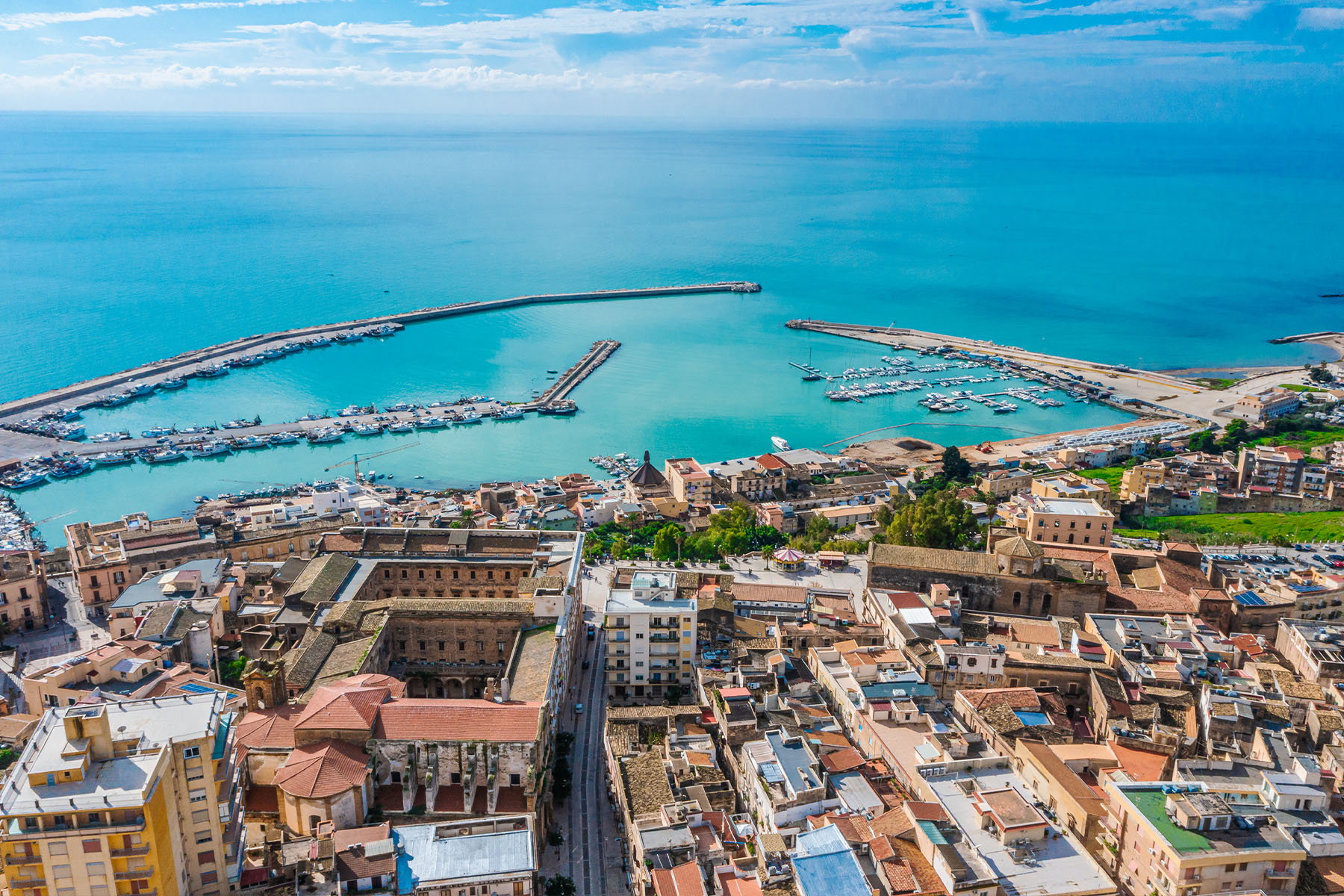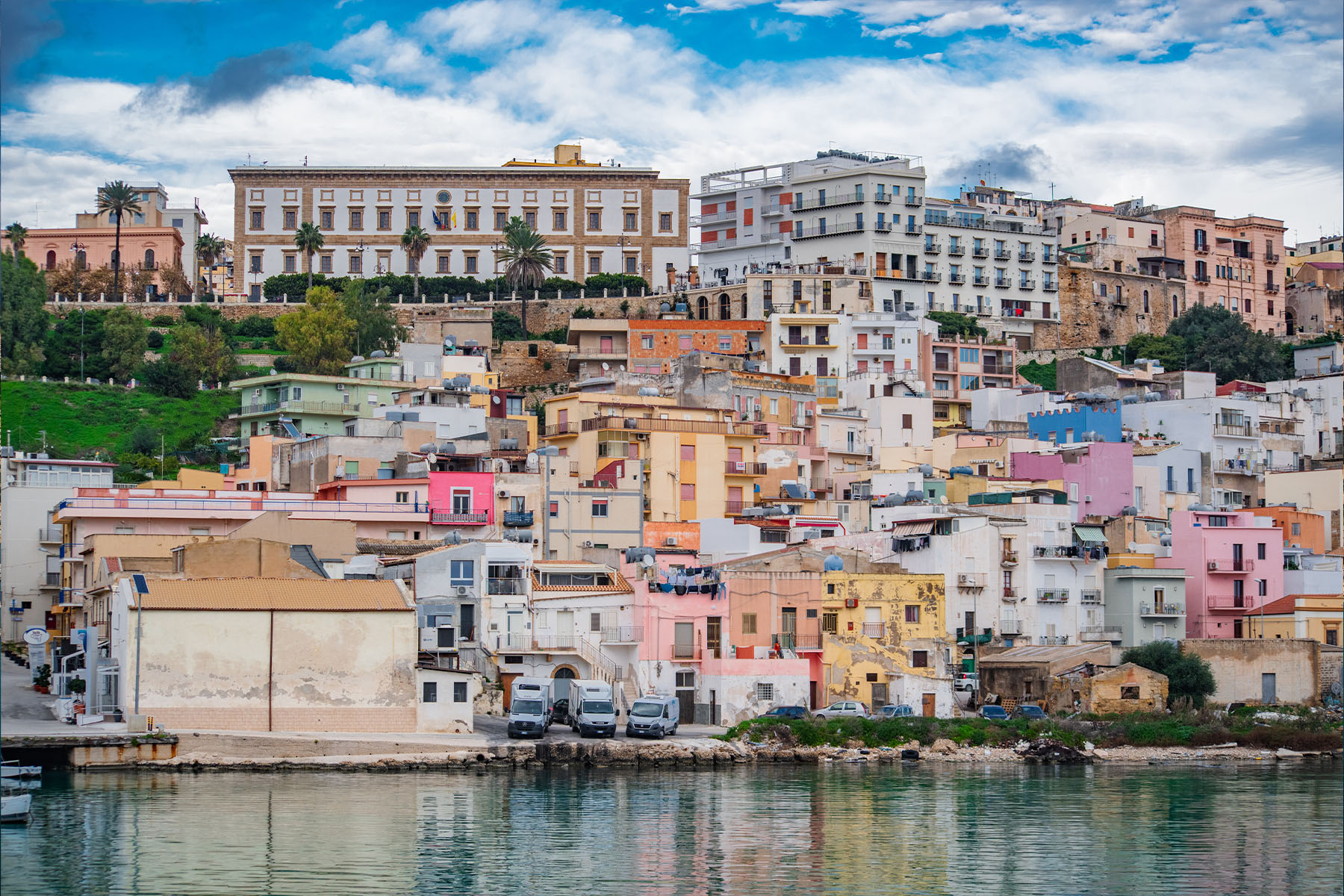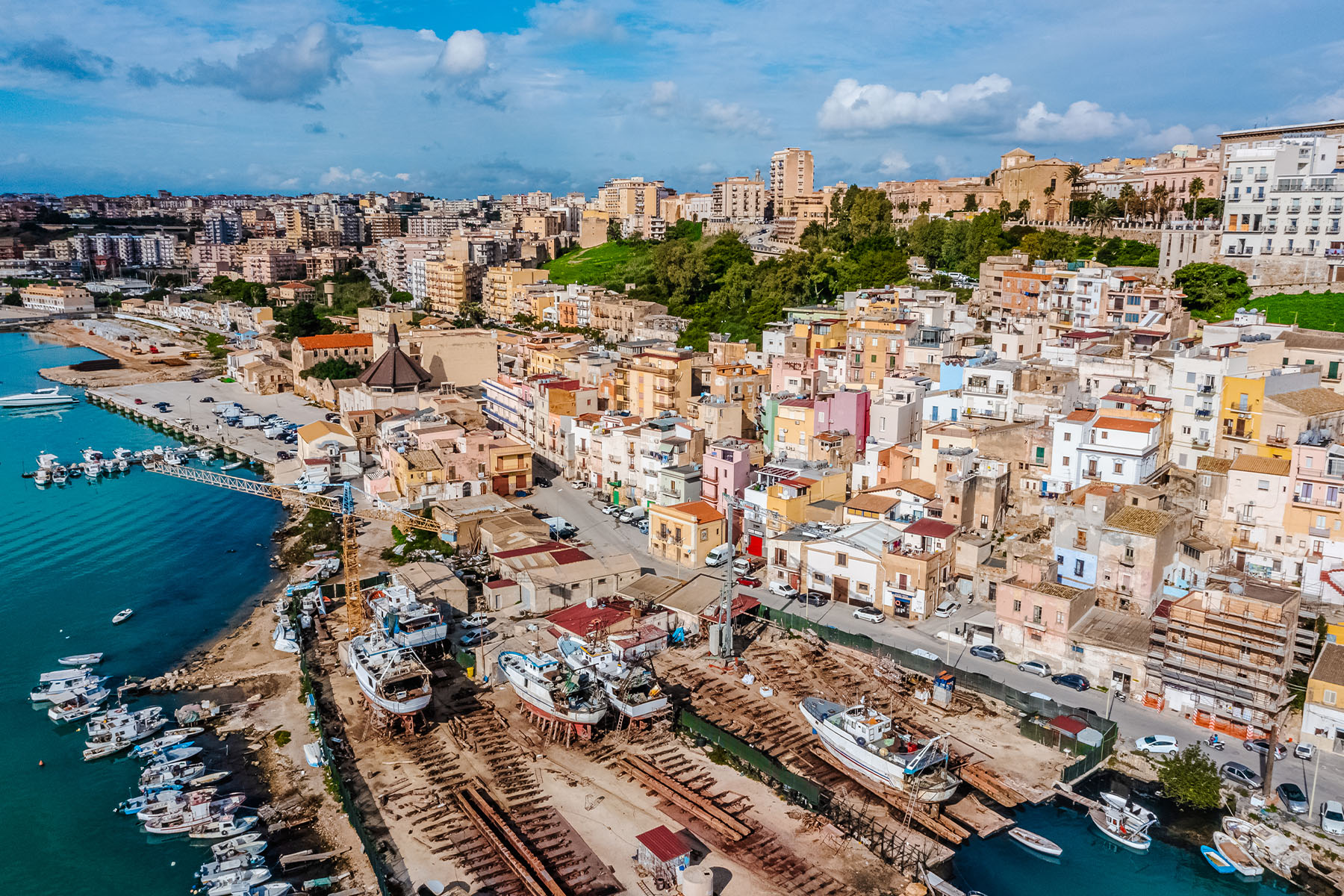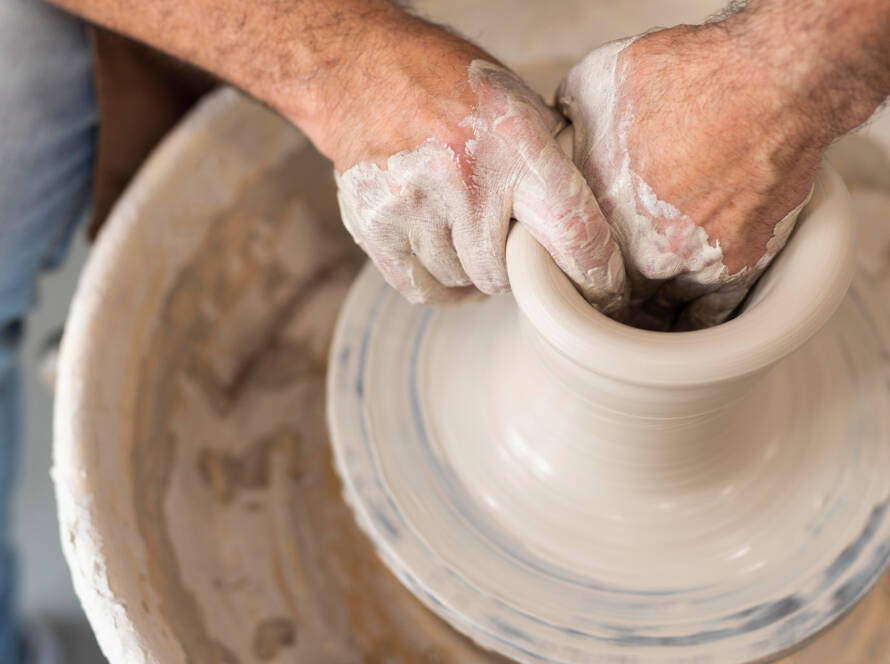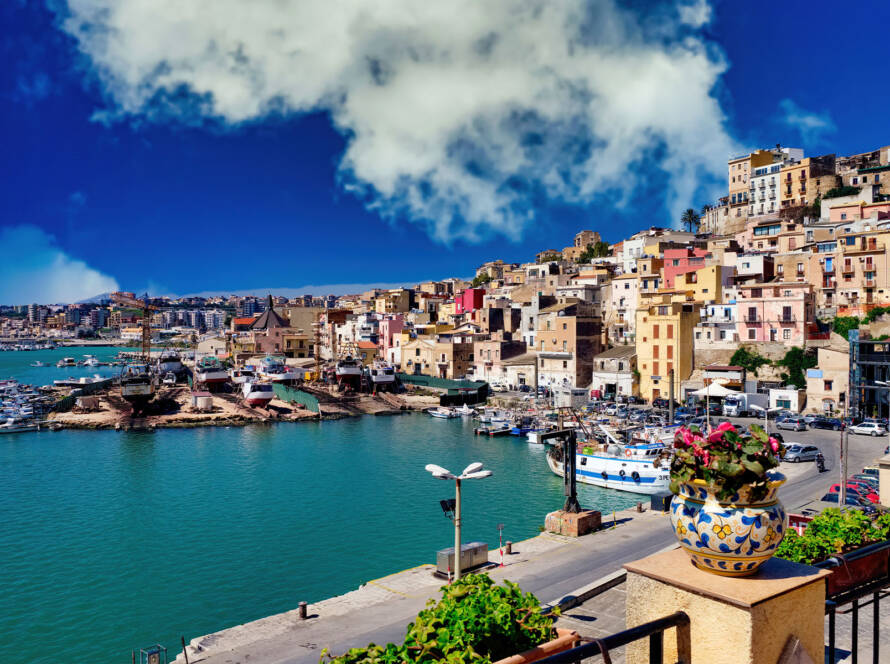Sciacca’s history is among the oldest in Sicily, full of events which left an unforgettable mark through the centuries. Mediterranean people’s settlements were numerous.
The first rulers were Greeks and Carthaginians (409 B.C.), who named it ‘Terma’ because of its thermal waters. After that, Arabs named it ‘Xacca’, which became Sacca and then again turn into ‘Sciacca’.
Since ancient times, thermal waters and Mount Kronius’s steamy stoves gained importance.
Over the centuries, Sciacca continued to undergo several dominations: Romans contributed to the town’s economical development, thanks to port and commercial activities and they named it “Therme Selinuntine”(340 B.C.). Because of its strategic maritime position, Sciacca suffered the barbarian ravages.
A period of decline follows the fall of the Romanan Empire, where Byzantines controlled the territory for three centuries. During this time, hermit monks settled on mount Kronius, including Saint Calogero, who lived inside a cavern, around the steamy stoves. The homonymous monastery, built on that mount, was dedicated to St. Calogero.
This was followed by: Arab (827-1087), and Norman domination, during which the city gained considerable commercial importance. The heyday for Sciacca came in 1101, when the city passed into the hand of Count Ruggiero’s daughter, Juliet. Important monuments were built, such as Churches and Palaces and today they are still visible and well-preserved. After Juliet’s death, some noble families competed for surrounding territories through bitter, centuries-old and bloody struggles, including the famous dispute over the so-called “Castello dei Luna”, from which the Sicilian dialect novel “Lu Casu di Sciacca,” by Vincenzo Licata, was adapted.
The scene of the famous dispute was the “Luna” Castle, built in the late 1300s by William Peralta, husband of Eleanor of Aragon. The Castle was the object of contention between the Luna families, the Peralta’s successors, and the Petrollo family. A centuries-long and bloody struggle, almost a civil war, culminated with the murder of Giacomo Perollo in 1529 and the suicide of Sigismondo, the perpetrator. At the end, Sciacca’population was decimated, and a long period of decline followed. In the following centuries Sciacca suffered other dominations: Spanish and Austrian.
In 1734 Bourbon domination succeded, which lasted until the revolutionary uprisings of the 19th century in which Sciacca actively participated. In 1860 Giuseppe Garibaldi couldn’t disembark in Sciacca, as he planned, because of Bourbon fleets in the Sciacca’s waters; for this reason, he preferred to disembark in Marsala on May 11, 1860. However, the news of his landing reached Sciacca, causing popular uprising against the Bourbons, and demonstrations of jubilation over Garibaldi’s arrival in Sicily. Many young patriots, also from Sciacca, joined the Garibaldini and they partecipated with honor in the liberation of Sicily from the Bourbons. After that, Sciacca came under Piedmontese interests , but the sciaccans found in Saverio Friscia an opportunity to redeem themselves from an economic point of view and then he represented Sciacca in Parliament until 1882.
The 20th century is the century of world conflicts. Sciacca, too, paid its bloody tribute, both in World War I and World War II. Sciacca was also bombed during the Second World War, but fortunately with few victims and damage.
The post-war period is the history of our times: the slow economic recovery, emigration, reconstruction, population growth, and new social progress, so that today Sciacca is a modern town that thrives on tourism and fishing, in search of lost memories.
